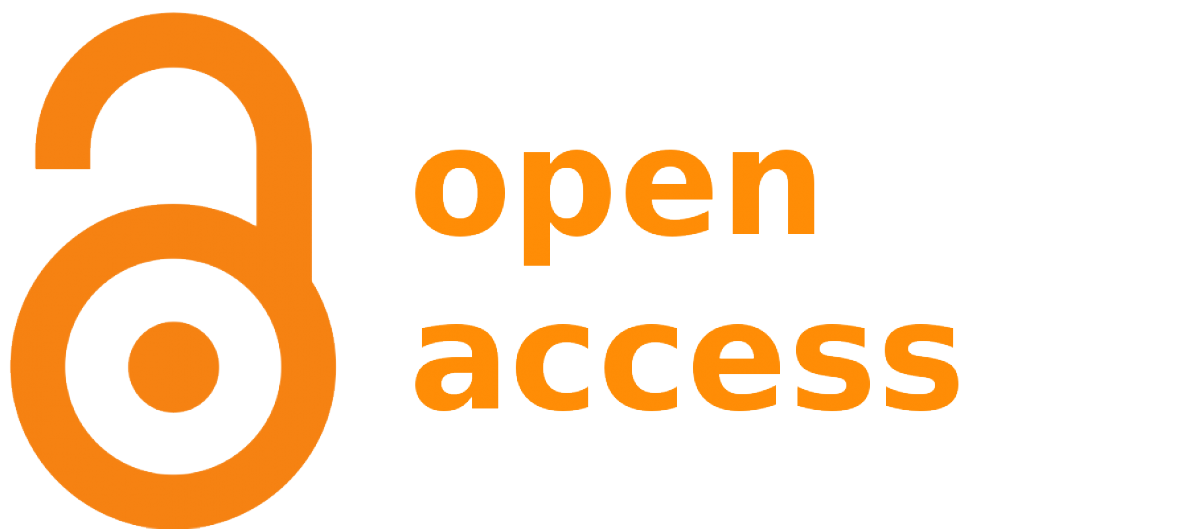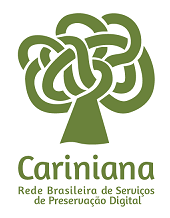"Modern theater" and the Teatro de Brinquedo by Álvaro Moreyra
DOI:
https://doi.org/10.5433/1678-2054.2012v24p81Keywords:
Modern Theater, Shaping, Toy theater, Álvaro MoreyraAbstract
This article aims to analyze the place occupied by Teatro de Brinquedo, an aesthetic movement in São Paulo concieved by Álvaro Moreyra in the 1920s, in the history of the Brazilian "Modern Theater as perceived in essays by Décio de Almeida Prado and Gustavo Dória. Departing from how these two important critics conveyed their aesthetic conceptions in the context of shaping a national theater and how they portrayed Moreyra's in their historical accounts, I will juxtapose these concepts with an analysis of the play Adão, Eva e outros membros da família..., the most important piece in Teatro de Brinquedo. Within this analytical stand I want to point out the relations between a historical narrative of a specific artistic field and their afinities and tensions with the peculiartiy of a work that is scarcely commented and belongs to the narrative.Downloads
References
CARLSON, Marvin. 1995. Teorias do teatro. São Paulo: Unesp.
DÓRIA, Gustavo. 1975. "Teatro de Brinquedo". Moderno teatro brasileiro. Rio de Janeiro: Serviço Nacional de Teatro.
MOREYRA, Álvaro. 1975. Adão, Eva e outros membros da família... Rio de Janeiro: Serviço Nacional de Teatro.
PRADO, Décio de Almeida. 2001. O teatro brasileiro moderno. São Paulo: Perspectiva.
Downloads
Published
How to Cite
Issue
Section
License
Copyright (c) 2012 Terra Roxa e Outras Terras: Revista de Estudos Literários

This work is licensed under a Creative Commons Attribution 4.0 International License.
Authors who publish in this journal agree to the following terms:
a) The authors retain the copyright and grant the journal the right of first publication, the work being simultaneously licensed under the Creative Commons Attribution-NonCommercial 4.0 International License, allowing the sharing of the work with acknowledgment of the authorship of the work and initial publication in this journal.
b) Authors are authorized to assume additional contracts separately, for non-exclusive distribution of the version of the work published in this journal (eg, publish in an institutional repository or as a book chapter), with acknowledgment of authorship and initial publication in this journal.
c) Authors are allowed and encouraged to publish and distribute their work online (e.g. in institutional repositories or on their personal page) after the editorial process, as this can generate productive changes as well as increase impact and citation of the published work (See The Effect of Open Access).
d) The authors of the approved works authorize the journal to, after publication, transfer their content for reproduction in content indexers, virtual libraries and the like.
e) The authors assume that the texts submitted for publication are of their original creation, taking full responsibility for their content in case of any objection by third parties.



















